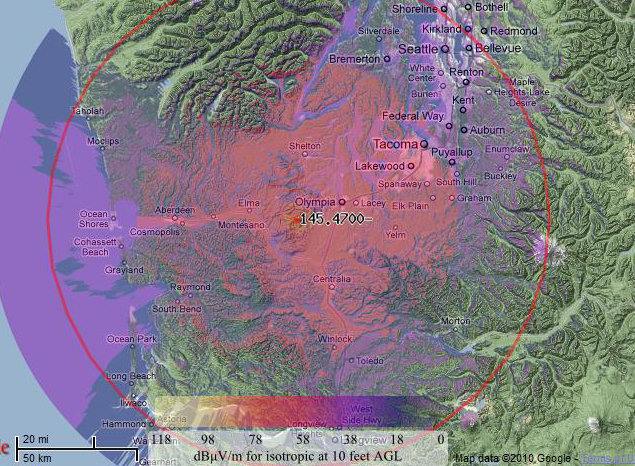
‘Significant’ radio and GPS issues are expected within hours, according to the Met Office.A SOLAR storm is expected to hit Earth in the next 36 hours, causing radio and GPS problems, according to experts.The Met Office and the National Oceanic and Atmospheric Administration (NOAA) have both detected a powerful coronal mass ejection (CME) from the Sun that will “graze” the Earth, according to the agencies.A space weather physicist, Dr. Tamitha Skov, has warned that this could result in amateur radio blackouts and GPS problems.
A space weather physicist, Dr. Tamitha Skov, has warned that this could result in amateur radio blackouts and GPS problems. “Our Sun sends a Thanksgiving Holiday gift,” she tweeted.
“A solar storm that began yesterday, according to NOAA and the Met Office, will graze Earth to the south late November 27.“A sporadic aurora is possible at mid-latitudes, but it’s unlikely to be a big storm.” “On Earth’s nightside, expect radio and GPS problems.” “Satellite systems may experience significant charging,” according to NOAA, “resulting in increased risk to satellite systems.”
“First-look data suggest it might deliver a glancing blow to Earth’s magnetic field,” according to SpaceWeather.com. On Wednesday, a filament of magma burst out of a 50,000-mile-long canyon on the Sun, creating towering walls of red-hot plasma.
A coronal mass ejection (CME) formed by debris from the blast, which is a large expulsion of plasma and magnetic field from the Sun’s outer layer that can cause a geomagnetic storm.
When a geomagnetic storm collides with the Earth’s atmosphere, it can cause havoc. “A geomagnetic storm is a major disturbance of Earth’s magnetosphere that occurs when there is a very efficient exchange of energy from the solar wind into the space environment surrounding Earth,” according to astronomers at SpaceWeather.com.
“These storms are caused by variations in the solar wind, which cause major changes in the Earth’s magnetosphere’s currents, plasmas, and fields.”
CMEs are the most powerful type of geomagnetic storm, sending a stream of electrical charges and magnetic fields as far as the earth at speeds of up to three million miles per hour.
Even the lowest-intensity G1 storm, which we might see tomorrow, can cause major disruption if it collides with a satellite.
When this happens, satellite operations may be disrupted, and power grid fluctuations may occur.
However, lucky spectators who aren’t accustomed to seeing auroras may be treated to spectacular displays during these geomagnetic storms.
Forecasters predicted this earlier this month.
